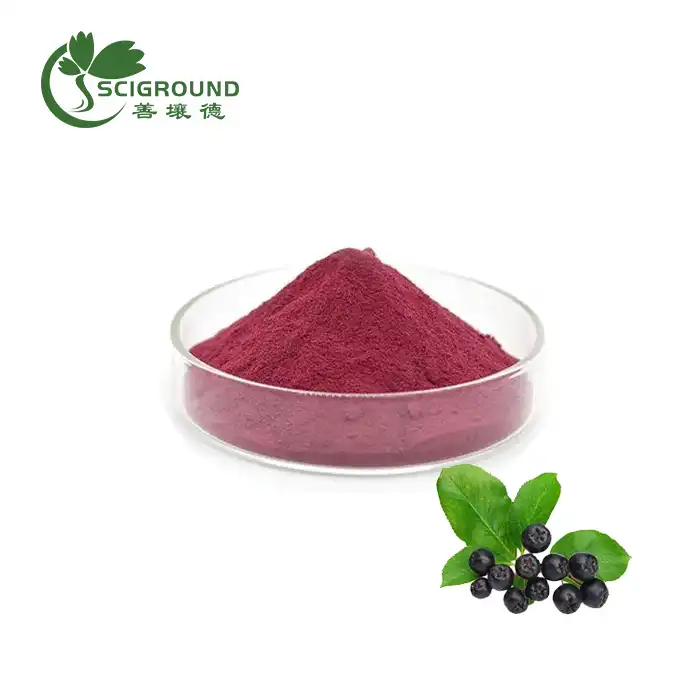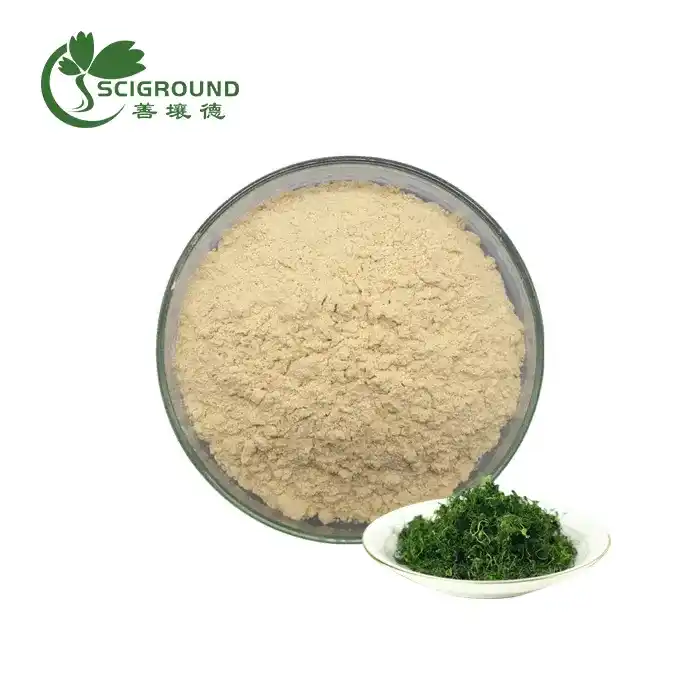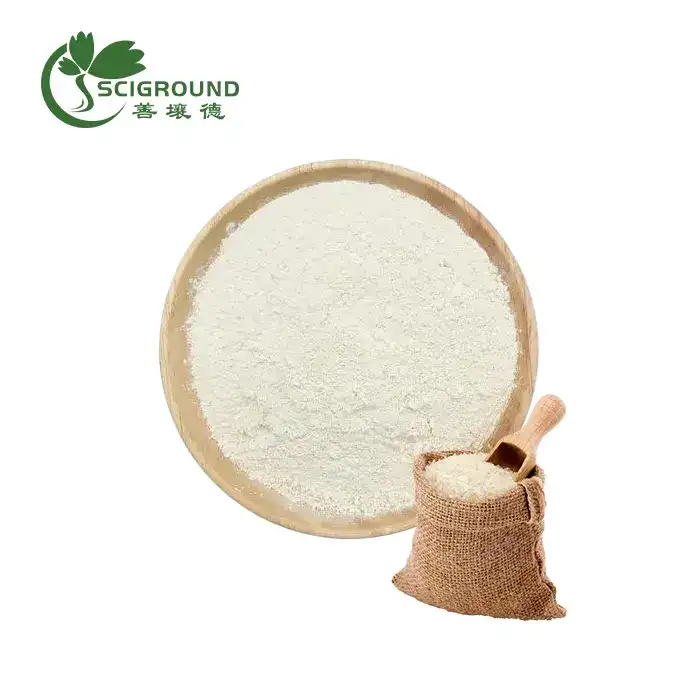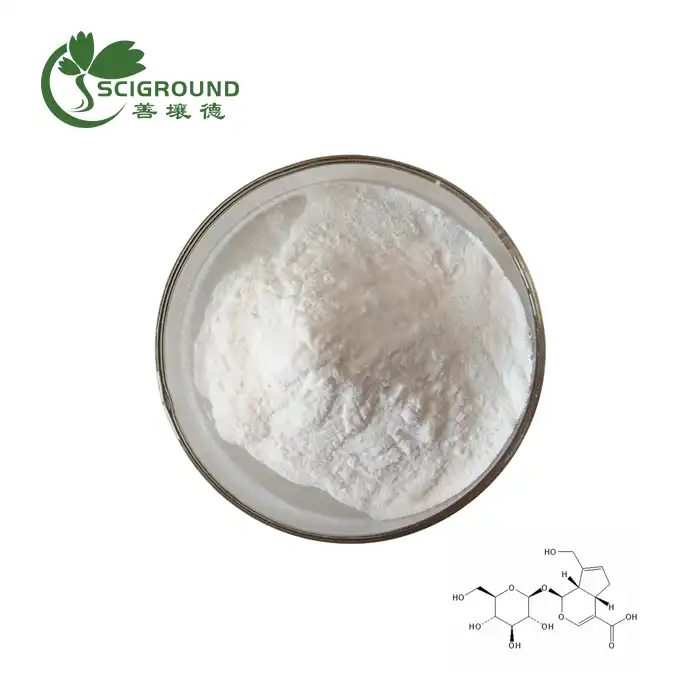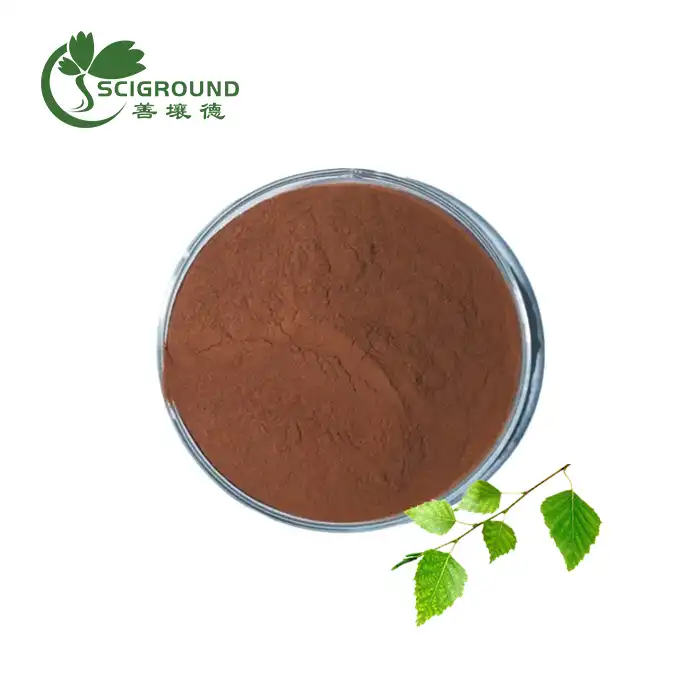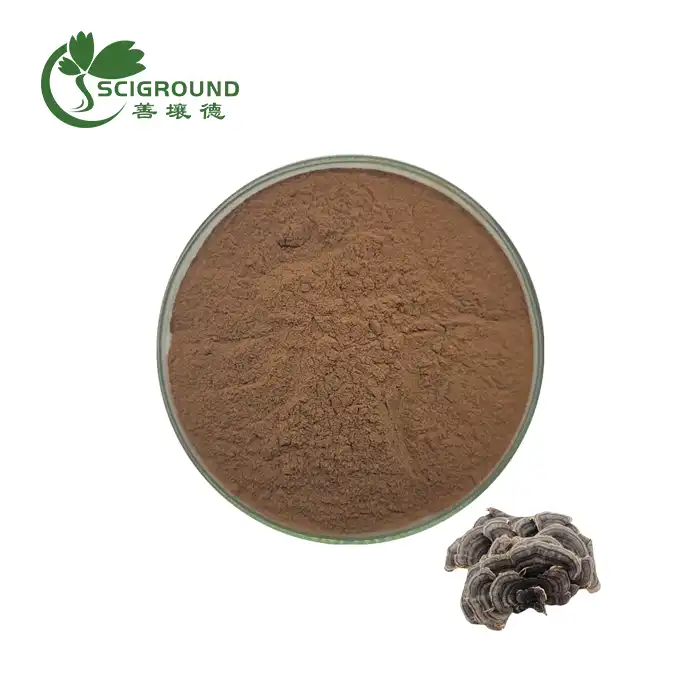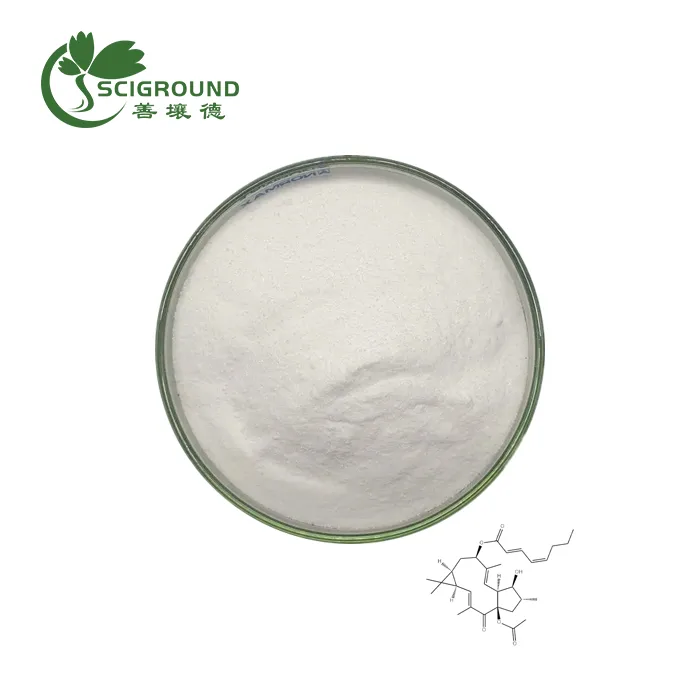How is pea protein made
As a food scientist working in the plant-based protein industry, I am often asked questions about how pea protein ingredients are produced. There seems to be some confusion among consumers about whether pea protein powder and other pea protein products are highly processed or contain questionable additives.
In this comprehensive article, I aim to explain how pea protein ingredients are made, delve into the history of pea protein, describe the chemistry behind pea protein extraction, and discuss both the benefits and potential downsides of this popular vegan protein source.
The manufacturing procedure. Pea protein is produced by a process that includes both dry and liquid phases. First, the outer shell of the pea (containing primarily of insoluble fibers) is mechanically removed during a dry process. Following grinding, soluble fibers, starches, and proteins are obtained.
A Brief History of Pea Protein Production
Peas have been consumed by humans for over 10,000 years as an important source of nutrition across many ancient cultures in Asia, Europe, Africa and the Middle East. However, concentrated pea protein ingredients like the powders and isolates sold today are a fairly modern invention.
Some key events in the development of pea protein ingredients:
In the late 19th century, scientists developed the first processes to extract and isolate protein sources from plants, laying the groundwork for many plant protein production methods still used today.
In 1916, a patented process was developed to isolate protein from pea flour for commercial production. This represented the earliest origins of the modern pea protein industry.
In the 1940s, additional techniques were developed to more efficiently extract and concentrate protein specifically from peas. This improved purity and protein content.
Starting in the 1970s, pea protein isolates and concentrates began to be commercially manufactured and sold to food companies as ingredients. Usage was still relatively niche though.
In the 2000s, the popularity of pea protein grew exponentially due to vegan trends and demand for plant-based protein sources. Products containing pea protein proliferated.
Today, pea protein is widely used in packaged foods, beverages and supplements to provide a sustainable, allergen-friendly protein source.
So while peas themselves have an ancient history as a protein-rich food, concentrated pea protein ingredients like modern powders are a fairly recent development in food science and processing.

Where Does Pea Protein Come From?
Pea protein starts with the yellow split pea, an agricultural staple crop grown mostly in Northern regions like Canada, France, China and India. Yellow peas are well-suited for protein production because of their relatively high protein content and mild flavor profile.
Once harvested, the peas are milled into a fine pea flour. This flour then undergoes specialized extraction processes to isolate and concentrate the protein away from other components like carbohydrates and fiber. The purity of the protein and its percentage content are both increased substantially through this extraction process.
Depending on the manufacturer, the original peas used can come from conventional, organic or GMO-free agricultural sources. So while finished pea protein ingredients are more processed than whole pea flour, they start from simple, natural whole food peas.
Is pea protein water soluble?
A useful characteristic to evaluate any protein powder by is its solubility, or how easily it dissolves into water, juices or other liquids. Good solubility is essential for a smooth texture and enjoyable taste.
I am often asked whether pea protein mixes well compared to other proteins like whey or soy. The answer is yes - pea protein has excellent water solubility for a plant protein. It can dissolve into clear solutions with a neutral taste.
This solubility comes from some natural properties of pea proteins - they have relatively low molecular weight and a structure that interacts well with water molecules. Manufacturers will also add solubility-boosting ingredients like sunflower lecithin during processing to further improve mixability.

How to make pea protein powder?
Now that we have covered the origins of pea protein and its solubility traits, let's look at how protein powder and concentrates are actually produced from split peas:
Dry fractionation - The pea flour is mixed with warm salt solutions that selectively extract protein while excluding larger carbohydrates and fiber particles. The protein-rich mixture is then dried.
Wet extraction - Pea flour is mixed into a slurry with water. Acids are added to lower the pH which causes the proteins to coagulate from solution while leaving other components suspended. The protein curds are then separated and dried.
Enzymatic extraction - Natural enzymes are introduced to the pea flour slurry to digest carbohydrates, phytic acid and other antinutrients, releasing more pure protein in solution, which can then be dried.
Ionic extraction - Applying charged solutions causes separation based on the ionic interactions between protein molecules. The proteins coagulate and are removed from the slurry.
In all cases, the final step is to spray-dry the extracted protein concentrate into a fine, soluble powder. Manufacturers may make additions like sunflower lecithin, probiotics, flavorings or sweeteners as well during processing for taste and nutrition. But the main constituent always remains the isolated pea protein.
How do you extract protein from peas?
To better understand pea protein powder production, it helps to look closer at the two primary methods used to extract protein away from the other components in pea flour:
Physical Separation
This gentle approach uses differences in solubility, density and molecular size between protein, carbohydrate and fiber particles to separate them. By controlling conditions like temperature, acidity, ion levels and water content, you can selectively extract protein from pea flour.
Chemical Separation
This method utilizes pH manipulation to cause the proteins to destabilize and coagulate out of solution. Lowering pH protonates proteins, changing their charge and causing aggregation. The clumped proteins become insoluble and can be filtered away from the rest of the slurry.
Both physical and chemical extraction result in relatively pure pea protein isolate containing 85-95% protein by weight. Minimal extra ingredients or harsh chemicals are needed - just water, pH modifiers, salt solutions and enzymes in most cases.

Is pea protein heavily processed?
Some consumers see extraction steps like wet fractionation and assume plant protein ingredients must be highly processed or overly refined. However, since pea protein powders keep the original vegetable proteins intact, I would argue they are only moderately processed:
Whole peas are milled into flour, retaining all constituents. Limited processing so far.
Protein is extracted using water, pH changes, enzymes or salts. No organic solvents or acids.
Protein is spray dried into powder form. A standard preservation technique used for juices, milk, eggs and many everyday foods.
Compared to an energy bar made with refined sugars, isolated oils and artificial flavors, pea protein is downright minimal in processing. The protein remains intact - it is simply concentrated.
What chemicals are in pea protein?
Another concern some consumers have expressed is the use of “chemicals” during pea protein production. However, pea protein processing relies primarily on:
Water - The universal solvent needed to create protein-rich slurries and solutions.
Acids - Citric, malic and ascorbic acid help adjust pH for protein coagulation. All mild organic acids found in fruits and vegetables.
Salts - Sodium chloride is sometimes used to help extract protein in dry fractionation. A natural mineral.
Enzymes - Naturally occurring enzymes digest carbohydrates and antinutrients.
Ethanol or isopropanol - Used in tiny amounts to precipitate protein. Evaporated off after use.
So while the terminology sounds complex, pea protein extraction mainly utilizes food-grade ingredients you would find in any home kitchen, not harsh industrial chemicals.

How is protein extracted for protein powder?
While the specifics vary between different protein sources like whey, soy, hemp and pea protein, the general production process for protein powders remains relatively similar:
Choose a suitable protein-rich base material - whether dairy, plant or other.
Break down the food source through grinding or milling into smaller particles to improve extraction access.
Add water and use physical, enzymatic or pH manipulation to separate protein from fats, carbs and other components.
Further concentrate the protein by removing excess moisture content.
Spray dry the concentrated protein liquid into a fine, soluble and shelf-stable powder form.
Compared to many processed convenience foods today, this is still a fairly minimal level of processing that retains the proteins in their natural state.
How are pea protein chunks made?
In addition to pea protein powders used in shakes and smoothies, textured pea protein chunks are also growing in popularity as meat replacements. These are produced via:
Wet extraction to obtain purified pea protein isolate.
Heating, extruding and pressurizing the protein to give it a fibrous, meaty texture.
Cutting the textured protein mass into smaller chunks, strips, crumbles or flour.
While more intensive than powder processing, this extrusion method shapes purified pea proteins into satisfying meat-like structures while retaining their nutrition.
Potential Advantages and Disadvantages of Pea Protein
Compared to less processed sources like whole peas, pea protein concentrates have both pros and cons:
Potential Benefits:
Excellent digestibility and amino acid availability due to the isolation process.
Minimal antinutrients like phytic acid or lectins due to additional processing.
Higher protein-per-calorie ratio compared to peas with intact carbs and fats.
Versatile soluble powder form allows use in protein shakes, powders, bars and muscle-building foods.
Potential Drawbacks:
Loss of some B vitamins and minerals that are removed along with the fiber fraction.
Allergies or intolerance reactions in sensitive people, like soy protein.
Higher price point than less processed whole peas.
Some prefer minimally processed foods rather than isolated ingredients.
Overall however, pea protein made using modern food science practices provides a safe, nutritious and environmentally sustainable protein option. I hope this article has helped explain how pea protein powders and supplements are produced, and clarified what ingredients and processes go into making these popular vegan proteins. Please reach out with any other questions!
References:
[1] Chung, H.J. & Liu, Q. (2017). Impact of molecular structure of pea and whey protein on their digestion kinetics and physicochemical properties. Food Research International, 102, 368-374.
[2] Rigby, N.M., Sundar Raj, A.A., Sun, J., Wellner, N.K., Mills, E.C. & Mackie, A.R. (2021). Protein from peas: A review of chemistry, processing and nutrition. Foods, 10(1), 122.
[3] Stone, A.K., Karalash, A., Tyler, R.T., Nickerson, M.T. & Warkentin, T.D. (2015). Functional attributes of pea protein isolates prepared using different extraction methods and cultivars. Food Research International, 76, 31-38.
[4] Raigond, P., Ezekiel, R. & Raigond, B. (2015). Resistant starch in food: a review. Journal of the Science of Food and Agriculture, 95(10), 1968-1978.
About Author

Celine Xu is a botanist with over 15 years of experience researching and developing plant extracts for nutritional and pharmaceutical applications. She leads an R&D team focused on identification, cultivation and extraction of medicinal plants. Celine Xu earned a Ph.D. in Plant Biology has authored numerous articles in peer-reviewed journals about the health benefits of specific phytochemicals. She frequently speaks at industry conferences about new developments in plant extract research. Celine Xu is dedicated to advancing the scientific understanding of how targeted plant compounds can be used to improve human health.
Related Industry Knowledge
- What is Euphoscopin C?
- what is Alfalfa Grass Powder
- What is the most effective form of quercetin?
- Can you take vitamin D with quercetin?
- Can you eat Polygala?
- What is Pumpkin Seed Protein Powder
- Does Polygala help sleep?
- How do you take Reishi mushroom powder?
- Mulberry Leaves Extract Powder: A Superfood for Your Health
- Exploring the Wonder of Apple Extract Powder
